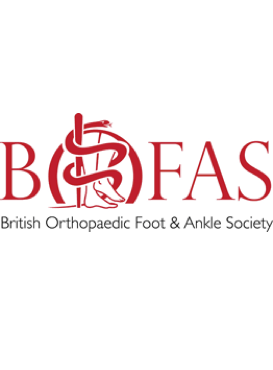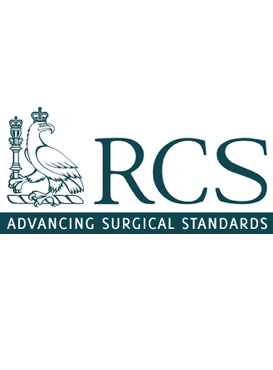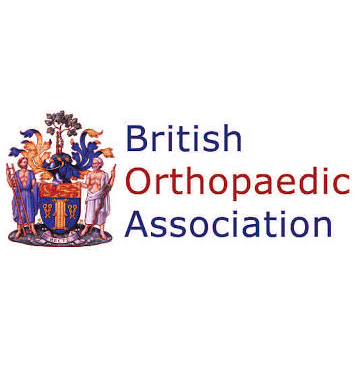Forefoot Pain
Symptoms
Metatarsalgia is a forefoot pain in the ball of the foot. It is usually felt in the sole of the foot and sometimes feels like “walking with a stone in the shoe”. It can be in one point or a more diffuse vague pain, ache or burning sensation. It may involve numbness.
Causes
Forefoot pain is often worse if overweight, frequently wearing high heel shoes or in the presence of a lesser toe deformity. A tight calf muscle makes pain at the front of the foot worse. It is more common with an unusual foot shape, such as a high-arched (“cavus”) foot, a large painful bunion pain or if patients have long metatarsals. There are many other conditions which can cause metatarsalgia, such as a metatarsal stress fracture (“broken bone”) or a trapped nerve (“Morton’s neuroma”). Arthritis, gout or inflammation of the small metatarsal phalangeal joints can also produce this forefoot pain.
Treatment
Initial treatments should involve resting with your feet up after long periods of standing or walking; wearing comfortable shoes with a small heel and plenty of room for your feet and stretching exercise for your ankle and Achilles tendon. A metatarsal insole or pad can be bought in a local chemist and it is worth taking simple painkillers such as anti-inflammatory tablets, if you can tolerate them, or paracetamol.
You may wish to directly contact a local podiatrist for a biomechanical review and perhaps a customised insole. In Gloucestershire we have many excellent podiatrists of which some are mentioned on the local team of experts page.
Blood tests for inflammatory arthritis, diabetes or gout may be useful. Standing X- rays of your foot may show a problem in the bones or joints.
Diagnosis
Depending on the Consultant’s examination findings you may require further investigations such as a magnetic resonance (MRI) scan, or rarely a bone scan. If joint damage or nerve entrapment is suspected an ultrasound will be performed with the Radiologist. Occasionally foot pressure measurements or nerve tests may be required. Sometimes these tests may reassure us that no major damage or disease is present, but a precise diagnosis may not be possible.
After diagnosis all that may be required could be a further visit to the podiatrist to obtain an insole (“orthotic”) focused on your problem. An insole shares the weight more evenly about your foot. A clinically or an ultrasound guided injection of steroid into an inflamed joint or around an irritated nerve may reduce inflammation and pain.
Surgery
Only a minority will require an operation. Removal of an irritated nerve is performed as a day case under general anaesthetic, so that a tourniquet can be used to allow the Surgeon to see the nerve clearly. Other procedures may alter the shape or length of a metatarsal or straighten out a deformed lesser toe.
Contact Us
There are many ways to book an appointment at the Cotswold Foot & Ankle Clinic. This may be a referral from either your GP, Hospital Consultant, Chartered Physiotherapist or Podiatrist.
For insured patients you will need to contact your insurance provider. If self-funding you may make a direct referral, but we prefer if you contact your GP, so they can inform us of your medical background.
OUR CONSULTANTS MR BROWN AND MR CLINT ARE MEMBERS OF




OUR LOCATIONS
Cheltenham Hospital, Nuffield Health
Cheltenham GL51 6SY
The Manor Hospital, Nuffield Health
Oxford OX3 7RP
CONTACT US
01242 246 559
admin@cotswoldfootandankle.co.uk
© Cotswold Foot & Ankle Clinic 2020 | PRIVACY POLICY